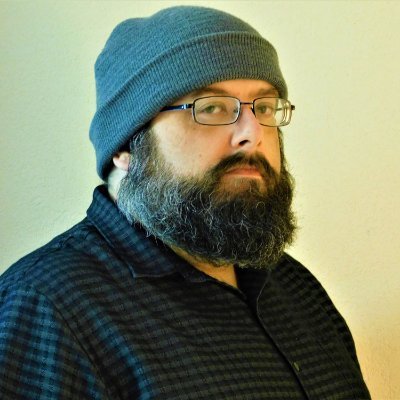West Coast Avengers: Looking back at the melodramatic Avengers spin-off that focused on "damaged" heroes
Inside the Avengers' first expansion team, the West Coast Avengers
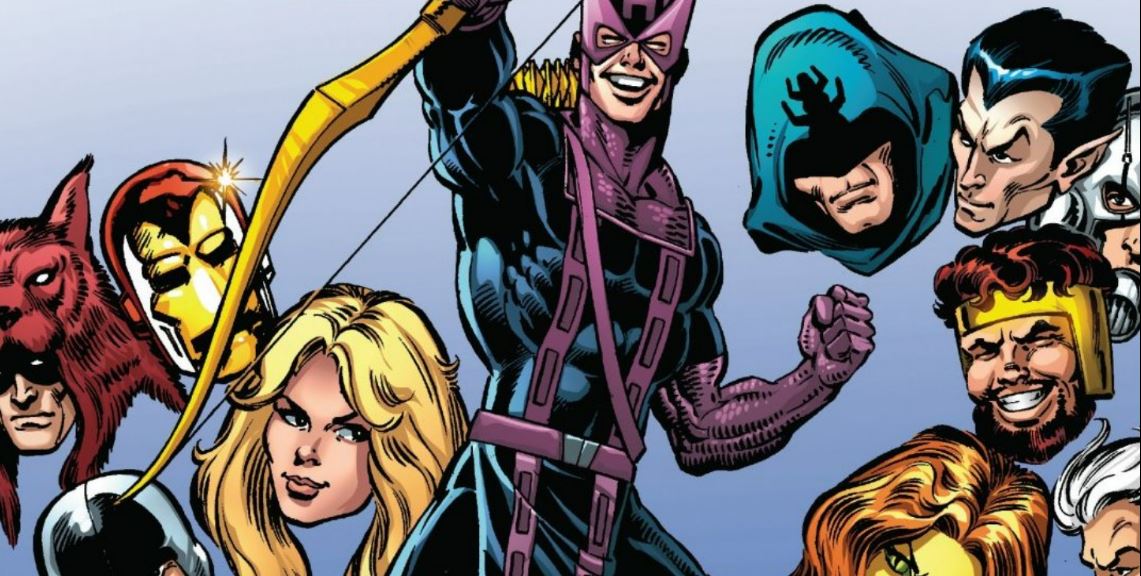
There have been over a dozen different Avengers titles from Marvel in the past few years - but before there were New Avengers, Secret Avengers, Young Avengers, Dark Avengers, or any other flavor of Avengers there was the West Coast Avengers.
…or Avengers West Coast, depending on your predilection.
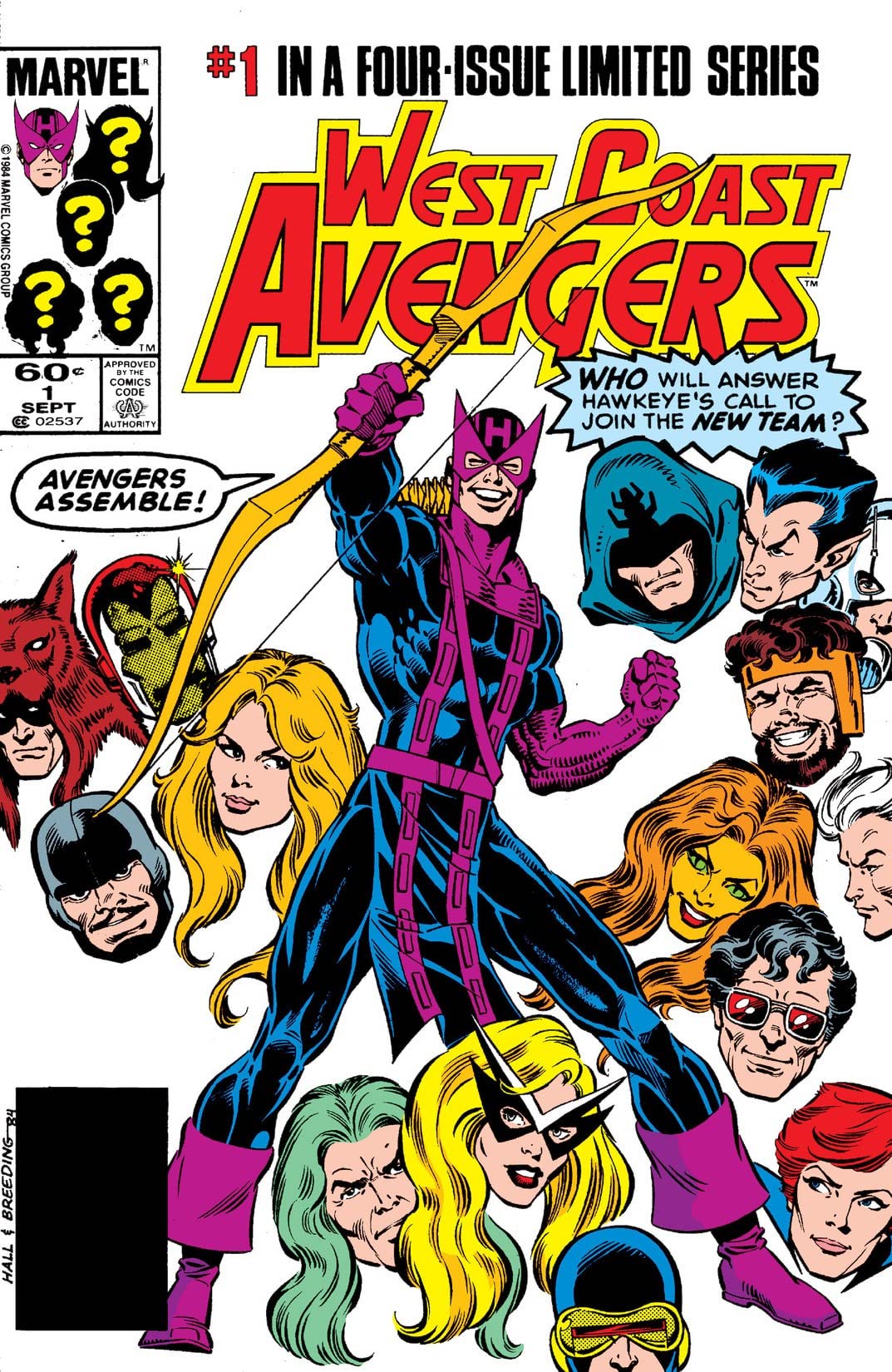
Created back in 1984 by writer Roger Stern and artist Bob Hall, West Coast Avengers were an offshoot of Marvel's flagship team title Avengers that was set up in California with a separate set of team members culled from Avengers bursting ranks. If the name of the book wasn't clear enough, the West Coast Avengers protected the western side of the United States in ways the New York-based original Avengers team couldn't. Although that geographic specificity might seem hackneyed by today's standards, over its 100+ issue run it earned a host of fans with earth-shattering epics and personal stories with Avengers members outside of the classic line-up.
"Well, I know for a fact that the West Coast Avengers are fondly remembered by many people, including a number of current comic creators," says former Avengers Academy and Avengers: The Initiative writer Christos Gage. "The biggest thing, to my mind, is that West Coast Avengers was the first expansion of the Avengers. The multiple Avengers books we have now started there. Today, the idea of just one Avengers book is unthinkable, but at the time having more than one was a pretty bold thing to do…before that, Marvel would launch completely different teams, like the Defenders. Rather than any specific storyline, I think that is the title's legacy…that the Avengers could be not just a team, but a franchise."
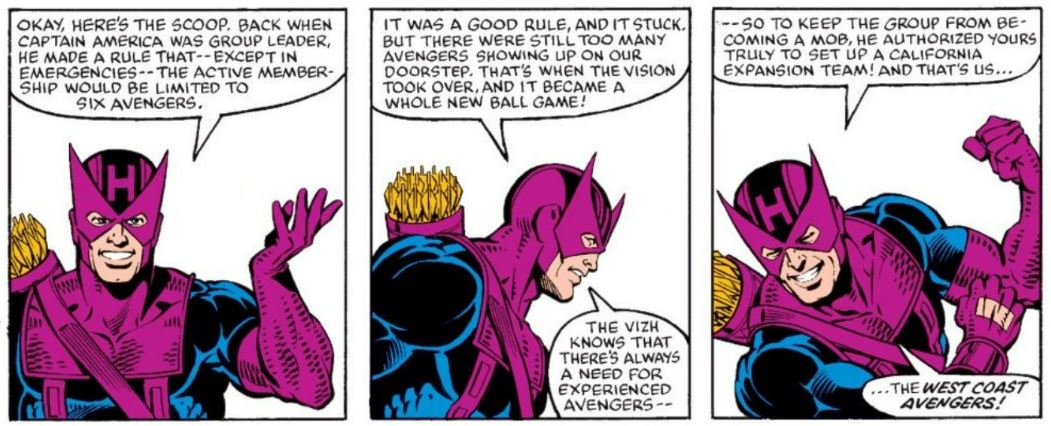
In its beginnings, the West Coast Avengers team was comprised of latter-day recruits to the Avengers franchise such as Wonder Man, Tigra, and Mockingbird, with Hawkeye in the lead. Iron Man was a part of the team, but it wasn't Tony Stark in the suit but rather Jim 'Rhodey' Rhodes - a secret that even the team didn't know for a time. But soon the membership rosters of the West Coast Avengers and the original Avengers team caused a rift in the ranks, amongst characters and even creators.
"West Coast Avengers was the first true expansion of the Avengers franchise - the first time that there was more than one Avengers title. So regardless of anything else, it was the first. That said, it had a somewhat difficult birth," explains longtime Marvel and Avengers editor Tom Brevoort, now Marvel's senior vice president of publishing. "Purportedly, after inventing the concept and writing the original West Coast Avengers limited series, Avengers writer Roger Stern had to rework a year's worth of planning when Steve Englehart was hired to write West Coast Avengers as an ongoing series. So right from the start, there was a certain layer of strife between the East and West teams."
And it also broke up one of the primary dynamics in the Avengers line-up, Brevoort says.
Comic deals, prizes and latest news
Get the best comic news, insights, opinions, analysis and more!

"As Mark Gruenwald lamented at a certain point once he realized what he'd done, it was the creation of the West Coast Avengers that wound up splitting up the 'Big Three' founding Avengers for more than a decade - you didn't get Captain America, Iron Man, and Thor on the same team together again until West Coast Avengers was a thing of the past."
Looking back on the original West Coast Avengers title and its run from1984 to 1994, it seems somehow quaint that the Avengers would need a separate branch on the West Coast only 2790 some odd miles away from the Avengers Mansion when the team routinely – both then and now – travels to outer space, other worlds, and foreign countries nonetheless.
"I love the West Coast Avengers but they're destined to be a footnote in the evolution of the Avengers," explains Sam Humphries, who has written two Avengers spinoffs - the Ultimates and Avengers AI. "When John Byrne took over the main title, he made the membership flexible to include any Avenger in the history of the team. When Brian Michael Bendis took over, he blew it wide open to include the entire Marvel Universe. Jonathan Hickman's era on the book was marked by even broader horizons. With a scope like that, the concept of a second, separate team four hours away by commercial airplane seems quaint, doesn't it?"
The fact is that while West Coast Avengers was based on the West Coast was one of their biggest and most recognizable selling points, it also came to be one of the key things that doomed it from returning in modern comics with its larger-than-life scale. But moving past that, being the first Avengers spin-off title gave it the latitude for some distinct advantages and the landscape to do a different kind of superhero team story.
"It's the same thing that's happening now with the current Avengers titles," Bob Hall, co-creator and artist of the original West Coast Avengers series, told us back in 2013. "Back in the '80s, the Avengers had so many members, many of them fan-favorites, that there simply wasn't enough room to feature them all in one title. Splitting it off like we did on West Coast Avengers, it gave you a chance to see more Avengers each month."
"Also, while the main Avengers title at the time tended to feature Marvel's A-list heroes like Captain America, Thor, and Iron Man who had titles of their own, West Coast Avengers were almost exclusively characters who didn't have their own titles," Hall revealed. "Editorially they were looking to spotlight characters who couldn't quite hold their own books, but creatively it gave the writers a chance to tell more personal stories that mattered to those characters without stepping on the toes of a separate solo title."
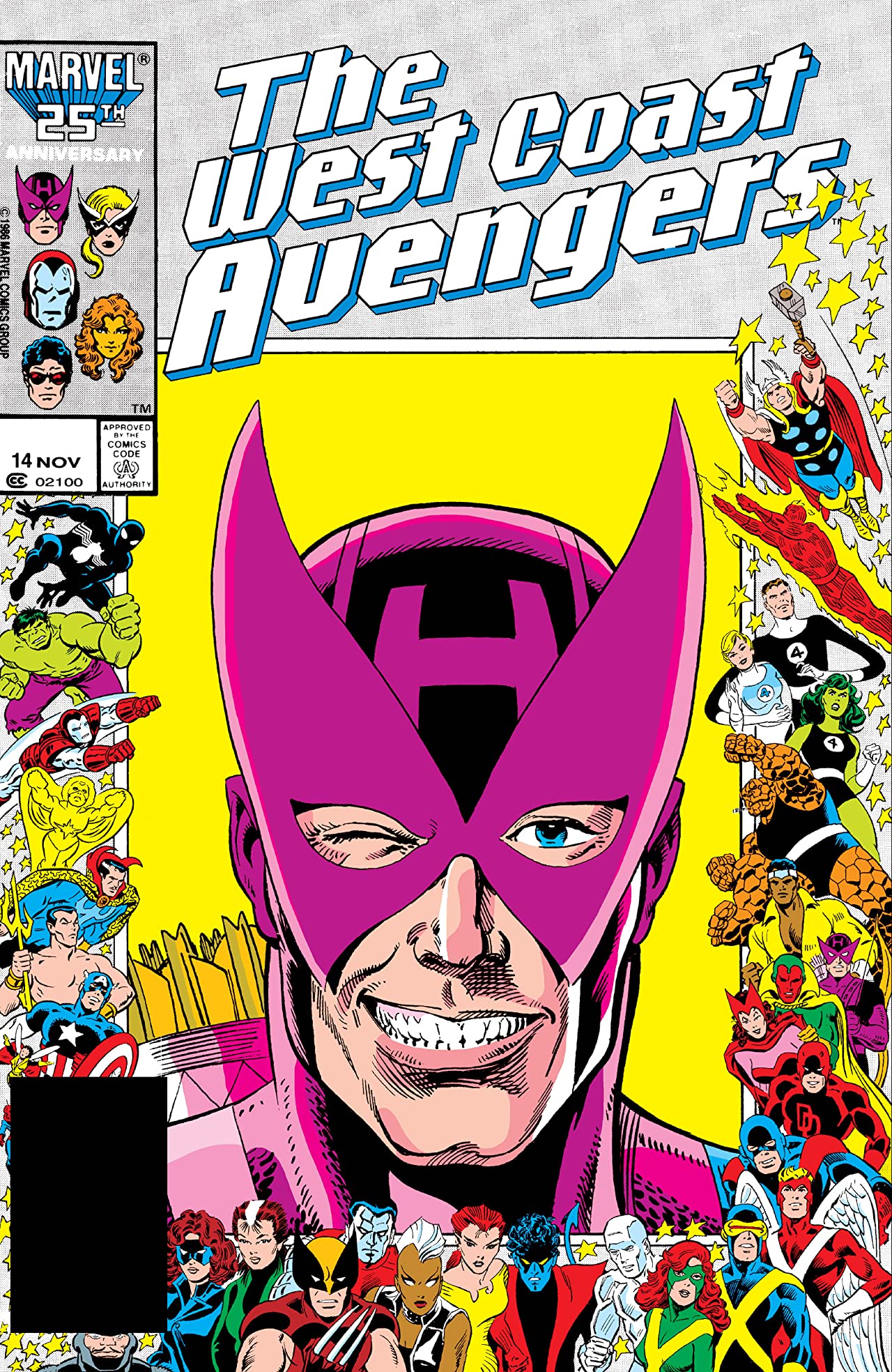
Namely, Hawkeye.
"Sometimes it was hard to tell, but you can't have West Coast Avengers without the evolution of Hawkeye," Humphries says. "Remember, that guy used to be a criminal. As an Avenger, he gained a moral compass, and as the leader of the West Coast Avengers, he 'grew up' and became a pillar of the Avengers. He'll always be a smart ass, but without West Coast Avengers, you don't have him at the center of the Marvel Universes - both cinematic and otherwise."
The West Coast Avengers title became a welcome home not just for Hawkeye-centric stories, but also other notable members outside the core group.
"What I liked about West Coast Avengers, and I tried to keep to this idea with the faculty of Avengers Academy, is that the West Coast Avengers was sort of the 'damaged' Avengers: Iron Man, Hank Pym, Hawkeye, Tigra, Wonder Man…they all have checkered pasts and/or ongoing issues," Gage tells Newsarama. "There was a real feeling that they were trying to work things out and attain some kind of redemption. I've always had an affinity for these types of characters, from my very first job in comics, Deadshot, to current projects."
By being an Avengers title but not 'the' Avengers title, West Coast Avengers also allowed for more free-range when it came to extended runs for creators.
"There was also, I feel like, a greater consistency of writer, at least past a certain point - the entirety of the series was pretty much written by three guys, Steve Englehart, John Byrne, and Roy Thomas," says Brevoort, who began working at Marvel in 1989 as an intern. "So there was a greater emphasis placed on the issue-to-issue soap opera of the characters perhaps than was apparent in Avengers."
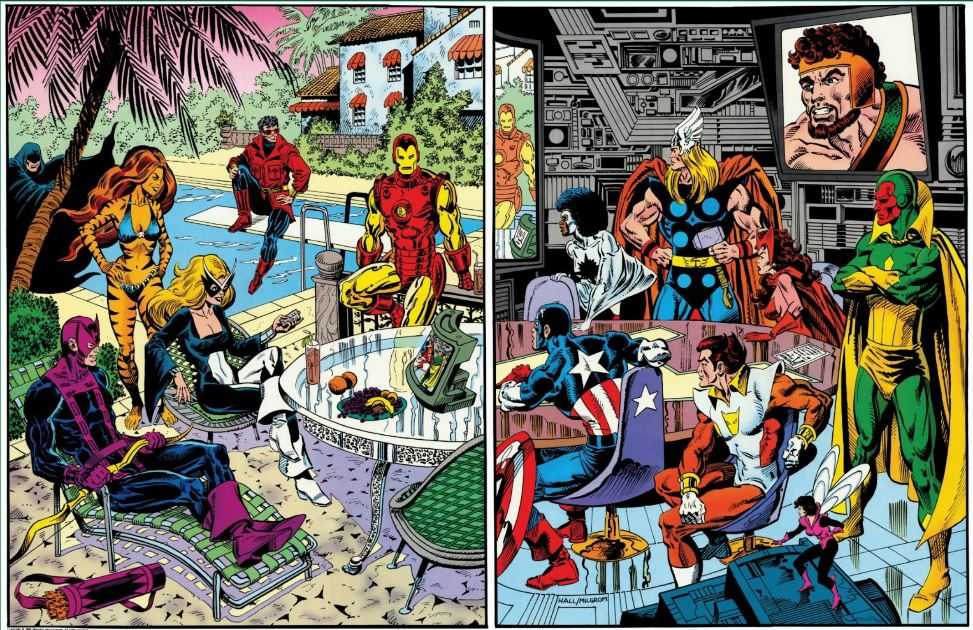
So what storylines stand out in retrospect? In the past few years, Marvel has collected much of the 112-issue original run of West Coast Avengers, and the entirety is available on digital platforms.
"This is just my opinion, mind you," says Brevoort, "but I think the three most memorable West Coast Avengers stories (apart from things like Operation: Galactic Storm or other similar crossovers that intersected the series) were 'Lost in Space-Time,' 'Vision Quest' and the final issue and the switchover to Force Works that attempted to redefine the team and set them up as something different - which didn't quite work out, but that's the way things go sometimes. I think a case could also be made for Englehart's Ultron-12 story, but again, that one is a little bit divisive among Avengers fans for the manner in which it handled the reformed Ultron, 'Mark.'"

'Lost In Space-Time,' which ran from issues #17 to #23, saw Englehart and veteran Marvel artist Al Milgrom concoct a time travel epic that transverses seven time periods in the arc's seven issues.
"People remember it for Mockingbird killing Night Rider, which led to a rift between her and Hawkeye, but there was other stuff going on too, like Hank Pym struggling with suicidal thoughts and the interaction between the atheist Pym and openly religious Firebird," says Gage. "It was pretty deep for the time."
The four-part 'Vision Quest' arc showed writer/artist John Byrne at the height of his career doing the quintessential story for the Avengers power couple of Vision and Scarlet Witch as their lives are torn apart, presaging the events of Avengers: Disassembled, House Of M, and one of the key pillars of Brian Michael Bendis' run on Avengers years later.
"This was a shocking storyline the merits of which are still debated by Avengers fans of the period, but it definitely got people paying attention," says Brevoort. "And Byrne at this point was still phenomenally popular, so there was a great draw to seeing him both write and illustrate an Avengers series."
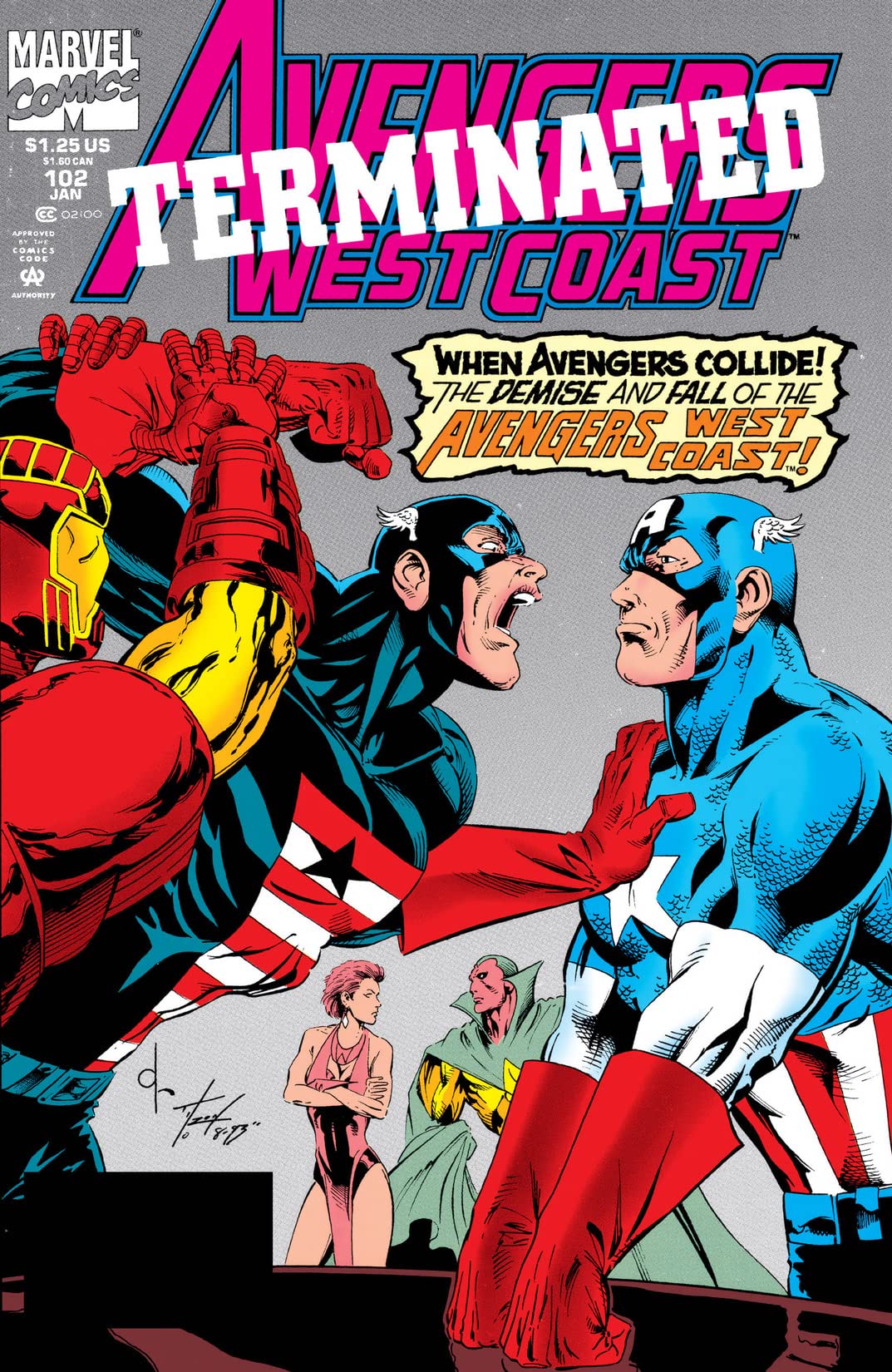
West Coast Avengers ultimately ran for 102 issues and eight annuals (with a title switch midway through its life to become Avengers West Coast), ultimately concluding its run in January 1994. As Brevoort alluded to, Marvel attempted to continue the spirit of the book in a non-geographic-centric title called Force Works but it failed to secure a place for itself on comic shelves. It wasn't until the successful relaunch of the Avengers franchise in 2004 that a spin-off title was considered again, this time flourishing with Mighty Avengers, New Avengers, and Dark Avengers amongst others.
West Coast Avengers didn't return in that wave of Avengers expansion - instead, it was revived in 2018, riding a wave of California-based heroes such as Kate Bishop, who at the time had her own Hawkeye series, and the then-recent conclusion of the Young Avengers. In the short-lived series, Bishop teamed with the other Hawkeye, Clint Barton, who helped tie the series back to the '80s roots.
Although that series ended after 10 issues, it redefined what West Coast Avengers could be going forward - not a team of Avengers for that part of North America, but a team of heroes local to that area on their own accord. This is something similarly being brought up in the current United States of Captain America series with local Caps acting as part of the 'Captains Network.'
But hopefully, always with a Hawkeye as part of the book.
West Coast, East Coast, whatever… here are the best Avengers stories of all time.
Chris Arrant covered comic book news for Newsarama from 2003 to 2022 (and as editor/senior editor from 2015 to 2022) and has also written for USA Today, Life, Entertainment Weekly, Publisher's Weekly, Marvel Entertainment, TOKYOPOP, AdHouse Books, Cartoon Brew, Bleeding Cool, Comic Shop News, and CBR. He is the author of the book Modern: Masters Cliff Chiang, co-authored Art of Spider-Man Classic, and contributed to Dark Horse/Bedside Press' anthology Pros and (Comic) Cons. He has acted as a judge for the Will Eisner Comic Industry Awards, the Harvey Awards, and the Stan Lee Awards. Chris is a member of the American Library Association's Graphic Novel & Comics Round Table. (He/him)
